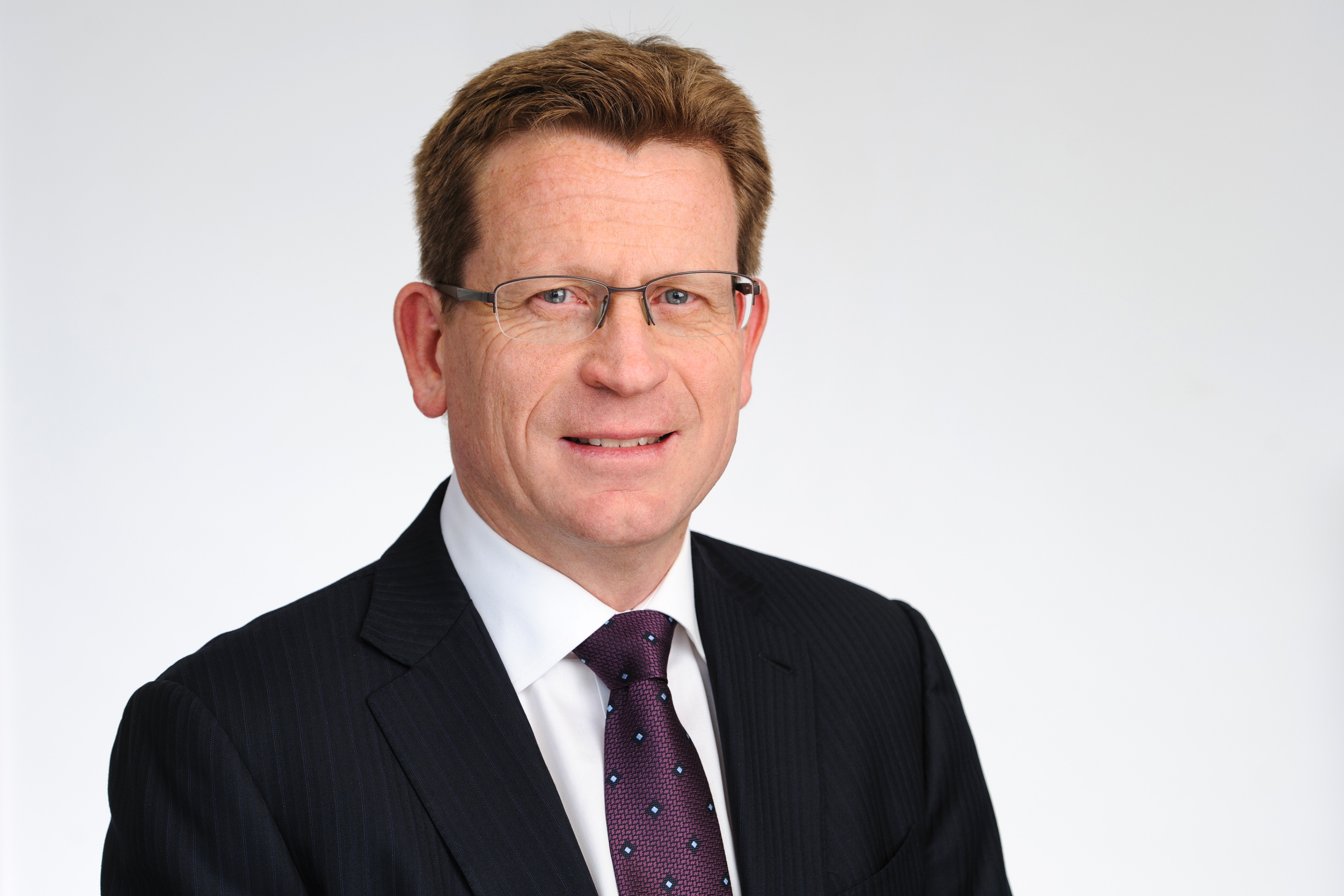Macquarie sees value in empowering staff

The Macquarie Infrastructure and Real Assets (MIRA) business is the world’s largest infrastructure fund manager. It sits within the Australian Macquarie Group but is headquartered in London and has interests divided approximately evenly between Asia, Europe and the Americas.
The team does four things: it raises money, invests it, manages performance through the cycle and develops new solutions. “It is similar to a private equity model – we just happen to be raising money to invest in longer-term assets,” says Martin Stanley, global head of MIRA.
It invests in real assets across four areas: infrastructure, real estate, energy and agriculture. It has investments as diverse as livestock farming land in Australia to airports in Europe and property in Mexico. “We are by far the largest manager of infrastructure globally,” says Stanley.
Investment in real assets suffered in the wake of the financial crisis and MIRA’s equity under management (EuM) was inevitably affected. But it has since rebounded strongly with EuM just under 90% higher today than it was in 2011, reaching a total of AU$66bn ($49bn).
“The track record has been terrific,” he says. “We have realised a lot of capital. All the assets that we have sold, over the life of our business, have delivered about an 18% return.”
Over the last 18 months, equity under management has increased by just under $9bn, while the firm has invested just under $8bn and returned just under $7bn. “We return a lot to investors so the business is renewing itself over time. Since 2010, 50% of the capital is new. You find out when you give the money back whether you have been doing a good job – thankfully we get a lot of reinvestments.”
While most of the returns in a traditional private equity model come when capital is returned, MIRA pays ongoing dividends. Stanley says two-thirds of the returns come in the form of an ongoing yield and “that is attracting a lot of pension and sovereign funds”.
MIRA has just under 500 employees in teams spread across 17 countries. Each of these teams is permanently embedded in the country and is responsible for uncovering opportunities. “We have a very light headquarters” overseeing very strong regional teams, deep in the sectors in which they operate.
“It is very much a bottom-up culture. We encourage people in the teams on the ground to come up with ideas. We
Stanley says the business is guided by three core principles: opportunity, accountability and integrity. Local talent and knowledge is essential to make MIRA’s operate effectively. In India, for example, bar one person the entire team is made up of Indian nationals. “Their job is to work in a community, come up with ideas that suit its needs and make the case why we should develop products,” says Stanley. “That happens all around the world.”
MIRA looks at roughly 150 ideas put forward by local teams annually. It screens these ideas and invests in roughly 20 transactions per year. “The main thing is to drive innovation through the teams, as opposed to setting it from the top.”
Local knowledge is particularly important when there is a political dimension, not least when the government has a direct financial stake. The attitude of the UK government – which typically encourages private investment by providing “enabling backstops” for projects – stands in stark contrast to the Chinese approach, where the government would finance directly.
The range of MIRA’s expertise can be found in two UK-based projects. In 2005-7 it paid $125m to acquire a variety of green interests, generating energy from sources such as methane from a landfill site to burning chicken litter. It returned $377m to investors in 2015.
At the other end of the spectrum, MIRA has been involved in the Thames Tideway Scheme. The £5bn+ ($6.7bn) capital project was too large for Thames Water, a company in which it is invested. “It is an incredible engineering project and the risks behind it are quite profound, so it needed to be ring-fenced outside of Thames Water. We have been heavily involved in that.”
Found this useful?
Take a complimentary trial of the FOW Marketing Intelligence Platform – the comprehensive source of news and analysis across the buy- and sell- side.
Gain access to:
- A single source of in-depth news, insight and analysis across Asset Management, Securities Finance, Custody, Fund Services and Derivatives
- Our interactive database, optimized to enable you to summarise data and build graphs outlining market activity
- Exclusive whitepapers, supplements and industry analysis curated and published by Futures & Options World
- Breaking news, daily and weekly alerts on the markets most relevant to you


